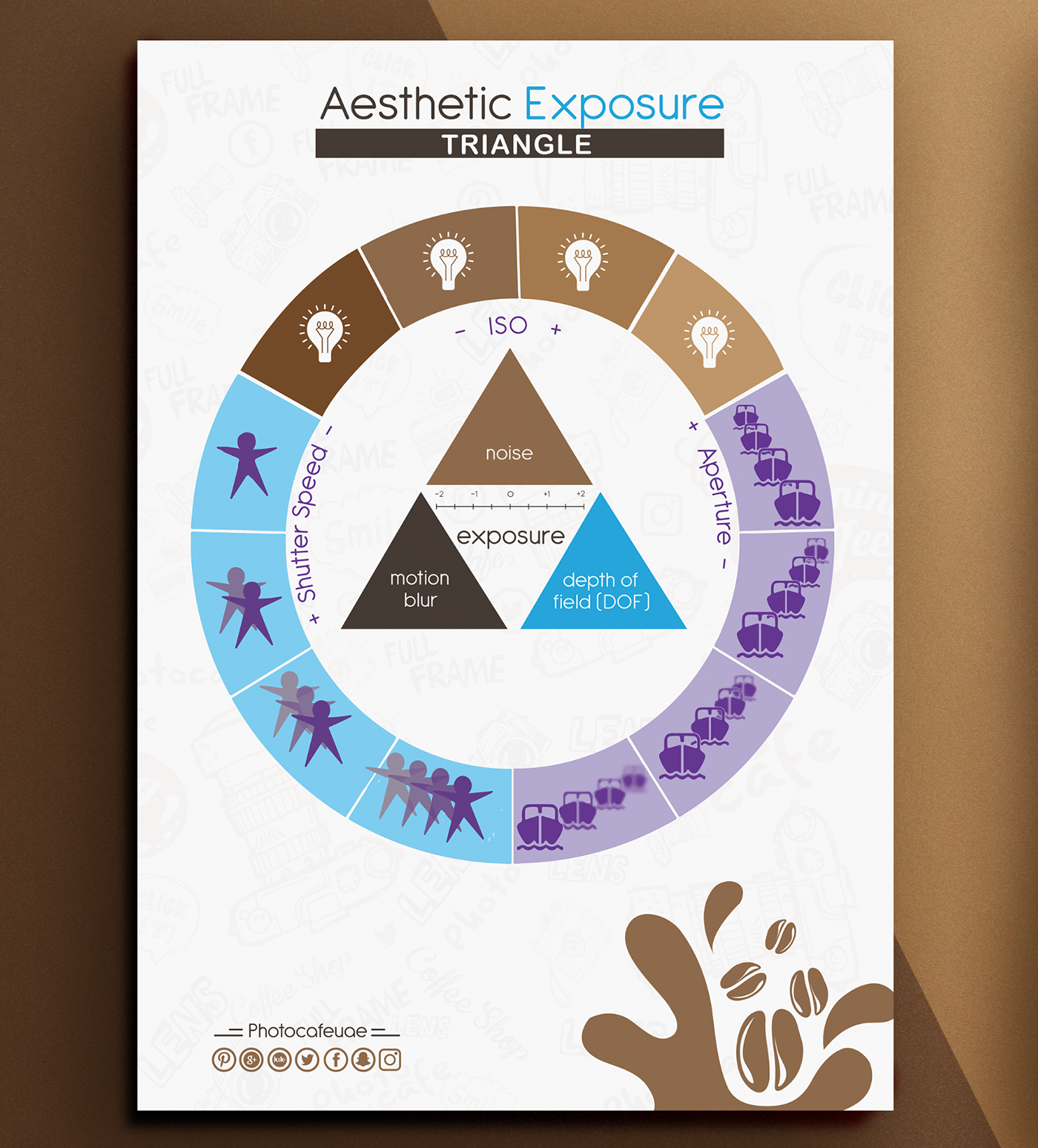Photography Tips For Beginners: Understanding Your Camera In A Snap
Photography Tips For Beginners: Understanding Your Camera In A Snap
Blog Article
Post Created By-Barrett Dalton
When you first grab your video camera, it can feel frustrating with all the setups and alternatives available. You might find yourself wondering exactly how to navigate aperture, shutter rate, and ISO efficiently. Understanding these basics is crucial, but there's more to photography than simply technical knowledge. Recognizing composition techniques and lighting problems can boost your photos drastically. So, what if you could learn straightforward strategies to improve your skills and start recording remarkable images faster than you think? Allow's check out how to transform your digital photography trip.
Comprehending Cam Setups
Comprehending your electronic camera setups is vital for catching spectacular pictures. When you pick up your electronic camera, acquaint yourself with the 3 main settings: aperture, shutter rate, and ISO. Each plays a vital duty in just how your pictures end up.
Beginning with aperture, which controls the amount of light entering the lens. A bigger aperture (reduced f-number) allows much more light and produces a beautiful background blur, excellent for pictures. Conversely, a narrower aperture (higher f-number) maintains even more of the scene in focus, suitable for landscapes.
Next, concentrate on shutter speed. This setup establishes how much time your camera's sensor is subjected to light. A fast shutter rate ices up movement, which is wonderful for activity shots, while a sluggish shutter rate can produce stunning impacts like smooth water in landscapes.
Last but not least, readjust your ISO. This setting affects your video camera's sensitivity to light. A higher ISO is useful in low-light situations yet can introduce noise or grain. Go for the most affordable ISO feasible while still achieving correct exposure.
Structure Strategies
When you're out shooting, make-up can make all the difference in how your pictures reverberate with viewers. Start by utilizing the rule of thirds; imagine your framework separated into nine equivalent sections with 2 straight and 2 vertical lines. look at this now along these lines or at their intersections to develop balance and interest.
Next, think about leading lines. These natural lines in your scene, like roads or rivers, draw the customer's eye into the photograph, guiding them with the tale you're informing.
Don't forget about framing; use components within your scene, like trees or windows, to create a framework around your topic, adding depth and focus.
Likewise, watch on your background. A chaotic background can distract from your primary topic, while an easy one aids it stand out.
Last but not least, try out balance and patterns; they can produce a striking image that catches attention.
Learning Lighting Conditions
Grasping illumination problems is vital for capturing stunning pictures, as the right light can change an average scene into something remarkable.
Beginning by observing natural light at different times of the day. Early mornings and late afternoons offer the most effective light, known as the golden hour. Executive portrait Photography , cozy tones throughout these times can improve your pictures wonderfully.
Don't shy away from cloudy days either; diffused light can reduce extreme darkness and produce a pleasing impact, especially for pictures.
Experiment with backlighting by placing your subject against the source of light. This method can produce a wonderful halo effect and add depth to your images.
Take note of your cam settings too. Readjust the ISO, aperture, and shutter rate to fit the lights problems. https://telegra.ph/Vital-Photography-Gear-What-You-Really-Required-To-Get-Started-01-09 can assist in reduced light, but beware of grain.
Use a tripod in darker environments to stay clear of blur.
Last but not least, do not fail to remember synthetic lighting. read review and continual lights can be great devices for regulating light in challenging problems.
Verdict
To conclude, understanding your video camera doesn't have to be overwhelming. By recognizing your setups, using structure strategies, and harnessing the power of all-natural light, you'll quickly boost your photography skills. Keep in mind, exercise makes excellent, so venture out there and experiment with your newfound expertise. With time and devotion, you'll be catching stunning pictures that show your special viewpoint. Take pleasure in the trip, and do not neglect to have fun while you're at it!
